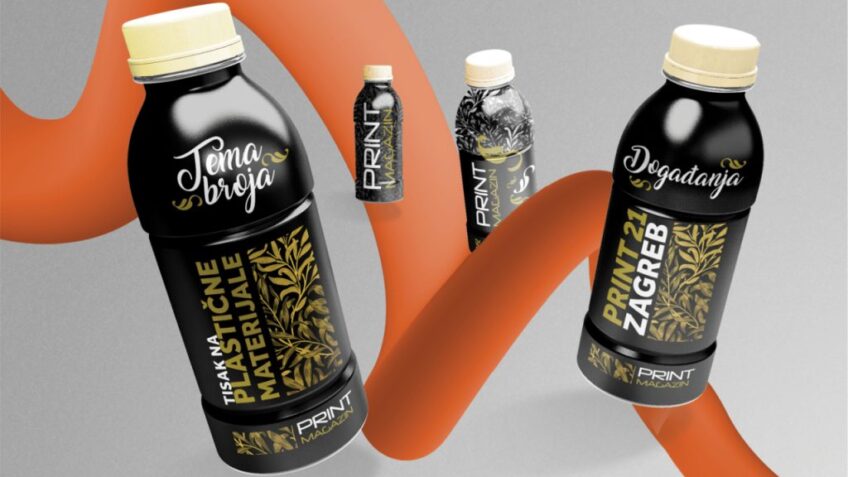In the segment of plastic products production, the plastic packaging industry is the most important segment of plastic production with a share of 40.5%. Nearly € 150 billion in this industry in Europe relates to the production of plastic packaging.
Packaging is followed by plastic products in construction with a 20.4% share. Products for the automotive industry, electrical appliances, household, leisure, sports and other products individually do not exceed 10% of the value and volume of production.
In the segment of polymer materials, most of it is used in the packaging industry in the form of thin flexible foils. The most commonly used foils are polypropylene, polyethylene and polyester foil. The modern packaging industry is inconceivable without these foils. For the most part, these foils are printed using the flexographic or etching technique. Digital printing technologies occupy a very small share in the finishing of foils, especially in the segment of production of self-adhesive labels.
In the packaging industry, we most often use synthetic polymers, and they are obtained by processing raw materials – cellulose or chemical synthesis from certain fractions of oil. The advantages of these materials over natural materials are water resistance and resistance to acids and alkalis. Also, they are good thermal insulators, they do not corrode, they can be easily shaped and therefore they are an ideal medium in the packaging industry. The biggest problem with most polymeric materials is the required decomposition treatment.
Read more about the characteristics of materials such as PET, PVC, HDPE, LDPE, PP, PS, PC and other polymers in the online edition of Print Magazine.

